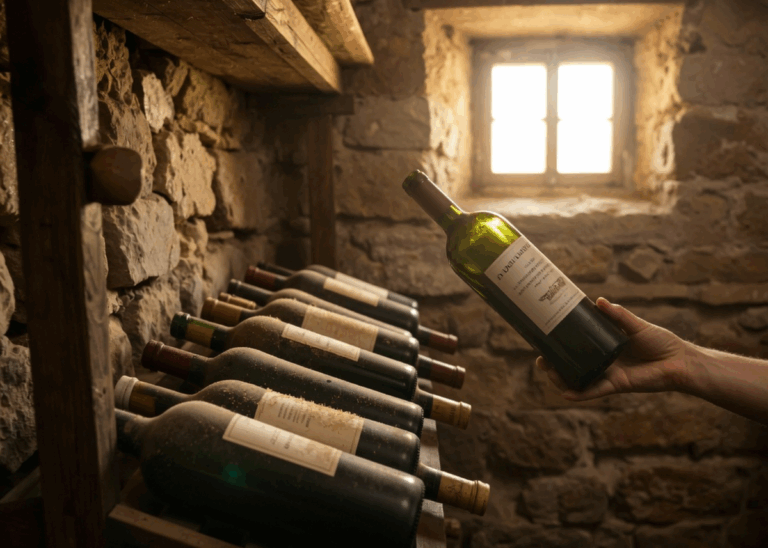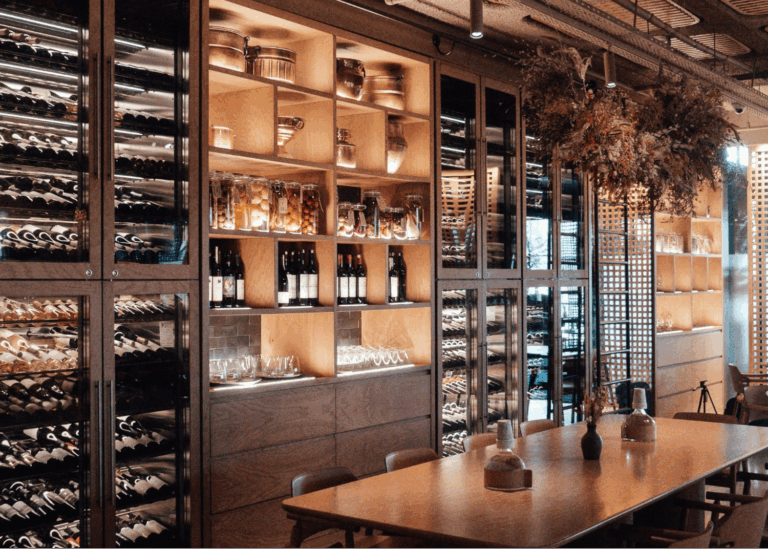[et_pb_section fb_built=”1″ _builder_version=”4.3.2″ global_colors_info=”{}”][et_pb_row _builder_version=”4.3.2″ global_colors_info=”{}”][et_pb_column type=”4_4″ _builder_version=”4.3.2″ global_colors_info=”{}”][et_pb_text _builder_version=”4.3.2″ global_colors_info=”{}”]
We’re busy shipping the American collection, including:
- a dry-farmed pinot (only 900 cases made)
- an organic take on “Rutherford dust”
- an inky, cold-soaked cab sauv fermented in small lots
- a wild-yeast tempranillo from the Pacific Northwest
- a co-fermented, limited edition syrah (only 176 cases made)
- a pre-wildfire vintage of chardonnay from Old Wente clones
(If you’re not scheduled to get the American collection, but would like to, you can always contact us at this link.)
As noted in your collection booklet (included in your shipment) several of these wines come from clones of old French vines. Clones (notably from vines in Burgundy) have played a big role in shaping American wine. For that reason, this week, we’re going to revisit our essay on clones from last year.
Before we start, if you haven’t seen Julien’s tasting video for the American collection, be sure to watch that here.
***
40 years ago, in the dead of night, a thief stole Burgundy’s greatest wine secret.
Sneaking onto a vineyard on a moonless night, an American named Gary is said to have crouched down by a pinot noir vine, clipped a few branches, wrapped them in a damp rag, and stuffed them into a Samsonite briefcase.
Thus it was that the “suitcase clones” came to California – a piece of Burgundy illegally smuggled thousands of miles.
Pinot noir – more so than syrah or cabernet sauvignon – is genetically unstable and far more susceptible to genetic mutation than other vines. The result is that when pinot noir is allowed replicate naturally – with two vines each contributing genetic material to form a new baby vine – hundreds of varieties can emerge in a single area, making for unpredictable flavors and yields.
For the Californian wine industry, born in the labs of University of California at Davis, the uncertainty of natural selection proved at odds with their tightly controlled, scientific approach. Why trust nature when you can just clone the exact vine with the exact yield you want?
The first European clones to become popular were the “Pommard,” cloned (legitimately) from Burgundy’s Chateau Pommard, and the “Wadenswill,” cloned from a Swiss vine that was itself taken from France by Swiss mercenaries in the 1400s.
Today, nary a bottle of California pinot noir or chardonnay does NOT come from cloned vines. Some wineries have even begun to indicate the precise clone used – a Pommard, say, or a Dijon 115.
[/et_pb_text][et_pb_image src=”https://bonnerprivatewines.com/wp-content/uploads/2020/07/Clones.png” align=”center” _builder_version=”4.3.2″ global_colors_info=”{}”][/et_pb_image][et_pb_text _builder_version=”4.3.2″ global_colors_info=”{}”]
Dijon and Pommard clones
Of course, it wasn’t long before someone had the bright idea of making illicit clones of Burgundy’s most celebrated vines. So-called “heritage” clones – also known as “suitcase” or “Samsonite” clones, began to surface as a way to replicate Burgundy’s best vintages here in the US. Be on the lookout whenever you see any of those words on a wine bottle (“clone 828” has also been used)… you may just be about to taste a bit of history.
Until next week,
The Wine Explorer
P.S. Reminder: if you’re not scheduled to receive the American collection, but would like to, then please contact us at this link.
P.P.S. And again, if you haven’t seen Julien’s tasting video for the American collection, you can watch it here.
[/et_pb_text][/et_pb_column][/et_pb_row][/et_pb_section]



